North Korea vs. South Korea 2013 - Who Would Win (Potential Conflict Analysis)
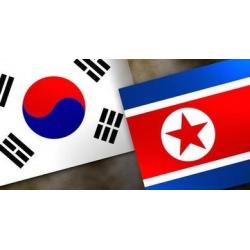
Here you'll find brief information about conflict background and comparison of North and South Korea's power in case of the conflict. At the end you can test your knowledge with quiz.
Today North Korea is an important issue because of its recent actions. We can't go through newspapers without reading about North Korea and the escalation of hostile actions against South Korea and other countries. But what would really happen if the armed conflict develops? Here you'll find brief information about conflict background and comparison of North and South Korea's power in case of the conflict. Do you want to know what would be parties in the conflict, what manpower would confront on the battlefield, what equipment and technology would be used and what impact would the armed conflict have on Korean Peninsula? If the answer is yes, read further.
Information About Countries
South Korea:
- Population: 50.004.441
- Area: 100.210 km2
- GDP per capita: $32.431
- Government: Unitary presidential constitutional republic
- Leader: Park Geun-Hye
- Capital: Seoul
North Korea:
- Population: 24.554.000
- Area: 120.540 km2
- GDP per capita: $2.400
- Government: Juche, Single-Party Socialist Republic
- Leader: Kim Jong-Un
- Capital: Pyongyang
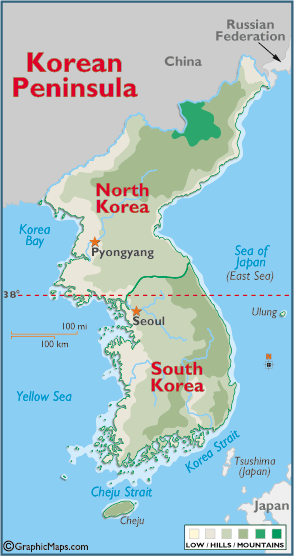
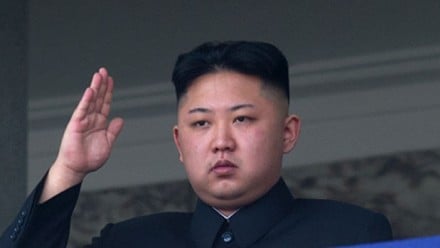
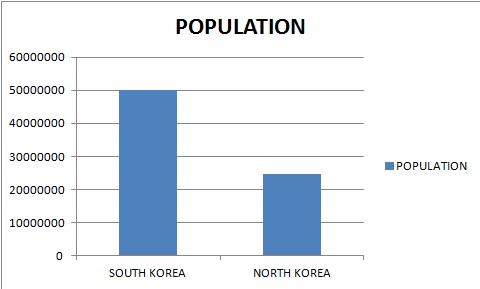
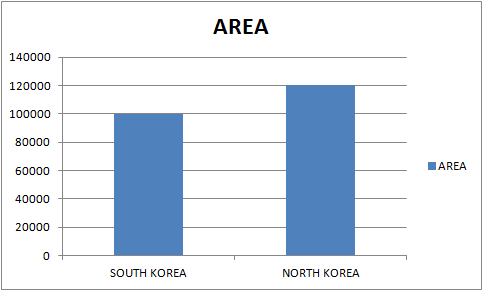
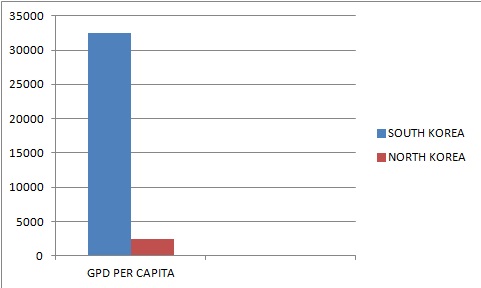
Conflict Background
After world war II
In year 1945 Korean peninsula was divided on North Korea and South Korea at the 38th parallel as it was agreed on Potsdam Conference by allies and Soviet Union in year 1945. The division happened without consulting Koreans. Then Korean peninsula was administered by United States-Soviet Union Commission. The commission granted Korean people that the Korean peninsula would become independent after five years in 1950. Northern Korea was influenced by Soviet Union and Southern Korea was influenced by United States. There were tendencies to join Korean peninsula from both sides which they eventually became quite aggressive. Joining Korean peninsula wasn't simple because northern part was communistic and southern was democratic. It was question which political system joint country would choose. Relations between both parts tighten and eventually war broke out between Southern Korea with support of United Nations and Northern Korea with support of China and Soviet Union. In year 1953 armistice agreement was signed between Northern and Southern Korea. Three years lasting war changed nothing in political context. Korean peninsula was still divided at 38th parallel and Korean demilitarized zone was created between South and North Korea.
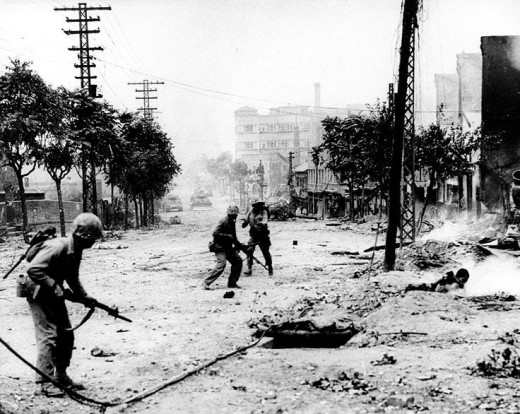
Ups and downs after Korean war
In time after armistice agreement was signed several low intensity clashes happened between two countries but none of them provoked war. There were also first meetings between high ranking officials of both countries. In year 1991 the agreement on reconciliation, non aggression, exchange and cooperation was signed between both countries. Later in year 2007 peace declaration was signed between both countries which replaced the armistice agreement.
Relations tighten in 2010
In year 2010 South Korean Navy ship was sunk near Baengnyeoung Island in Yellow Sea. Investigation showed that the warship had been sunk by the North Korean torpedo fired by a submarine. Afterwards South Korea cut all the trade with North Korea. This diplomatically and financially affected North Korea. Later in year 2010 North Korea artillery fired ad South Korea's island of Yeonpyeong. South Korea returned fire. 4 South Koreans were killed in this action. North Koreans claimed that they only fired because South Korean's were firing in their sea during military exercise which was happening at the time.
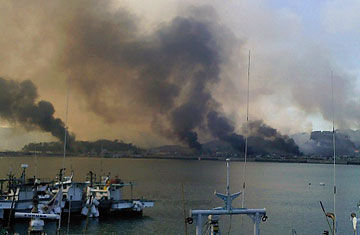
2013 and the state of war
In March 2013 North Korea entered in state of war with South Korea. This is only rhetoric by North Korea's officials because peace treaty was never signed. Countries have been officially at war from year 1950. Anyway real war with multiple high intensity armed conflicts hasn't erupted in this time.
What will happen in future
There is a small chance that war will erupt. Intelligence agencies haven't detected any unusual activities in the North Korean military which would suggest an aggression. This statement probably shows continuation of provocative treats to South Korea, Japan and United States.
But what would happen if war erupts?
Read further and know what manpower, technology and equipment would confront on the battlefield.
How seriously should the world take North Korean threats?
Parties in potential conflict
Side 1
South Korea
Manpower
South Korea would use Republic of Korea Armed Forces known as ROK Armed Forces which consists of:
- ROK Army
- ROK Navy
- ROK Air Force
- ROK Reserve Forces
ROK armed forces have 639.000 active personnel and 2.900.000 reserve personnel from which 1.147 are currently deployed in Afghanistan, Haiti, Lebanon, Somalia and United Arab Emirates. ROK armed forces budget is $33 trillion or 2.5% of GDB.
Morale
Morale in ROK armed forces is high, because their country is jeopardized and enemy is known of cruel behavior. They are well trained and equipped. Probability of desertion is low.
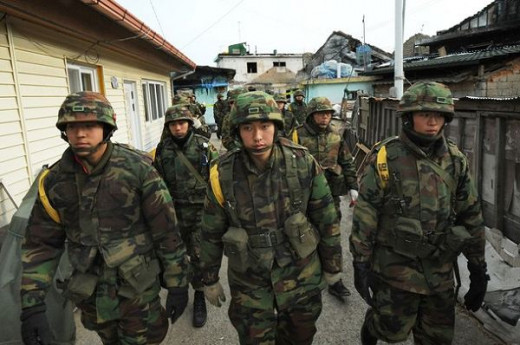
United States
Manpower
United States would use United States Forces Korea (USFK) which consists of army, navy, air force and marines. USFK has 28500 personnel present in South Korea and they are obligated to protect South Korea.
Morale
Morale in USFK is also high because of known cruel behavior of the enemy. USFK are well trained and equipped.
Nato
North Korean attack would involve other NATO countries joining the armed conflict based on article five principle of the North Atlantic Treaty Organization. Contributions of the countries are hard to estimate and it would take time to reach Korean peninsula.
Side 2:
North Korea
Manpower
North Korea would use Korean People's Army (KPA) which consists of:
- Korean People's Ground Force
- Korean People's Navy
- Korean People's Air Force and Defence
- Korean People's Strategic Rocket Forces
- Korean Worker-Peasant Red Guard Militia
KPA has 1.106.000 active personnel and 8.200.000 reserve personnel. KPA budget is estimated $2.3 billion to $10 billion or 15% to 25% of GDP.
It is estimated that no other country would directly support North Korea in war but there is a chance that Iran would diplomatically support North Korea which would have minor effect.
Morale
Due to economic difficulties morale is weakening. There is a big shortage of food in the military. Soldiers in North Korea face cruel sanctions for not obeying orders so in case of war there is a possibility they would fight to death. Some would probably desert and fled to South Korea or China.
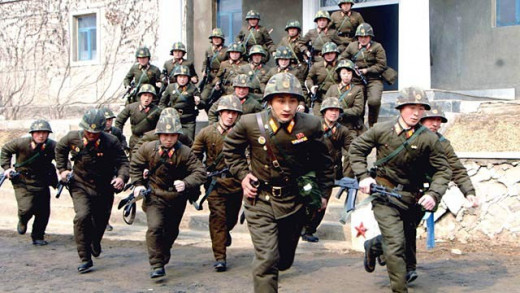
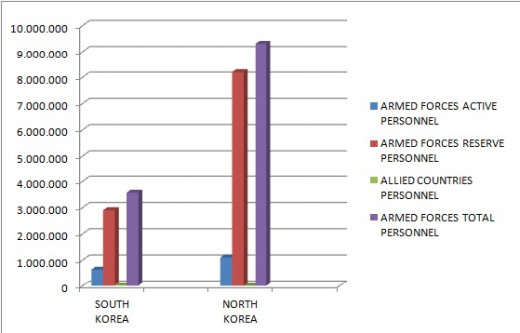
Watch North Korea's Military Parade
Main equipment and technology comparison
Equipment
| South Korea
| North Korea
|
|---|---|---|
Rifle
| Daewoo Precision Industries K2
| AK-47
|
Machine Gun
| Daewoo Precision Industries K3
| RPK
|
Anti-Tank Weapon
| BGM-71 TOW
| 9K111 Fagot
|
Armoured Vehicle
| K21
| VTT-323
|
Tank
| K1 88-Tank
| Pokpung-Ho
|
Artillery
| K9 Thunder
| Koksan
|
Attack Helicopter
| Bell AH-1 Cobra
| Mil Mi-24
|
Air Fighter
| McDonnell Douglas F-15E Strike Eagle
| MiG-29
|
Frigate
| Ulsan-Class Frigate
| Najin-Class Frigate
|
Submarine
| Type 209 Submarine
| Sang-O-Class Submarine
|
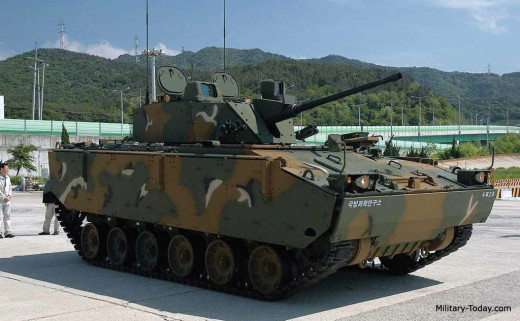
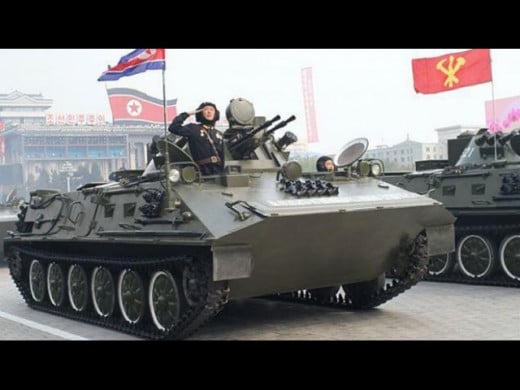
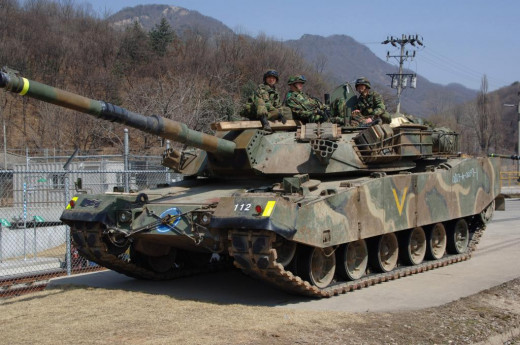
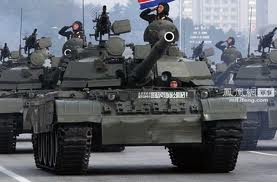
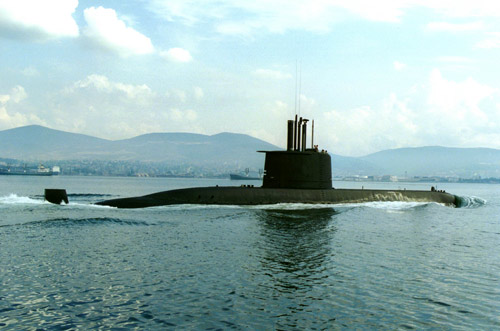
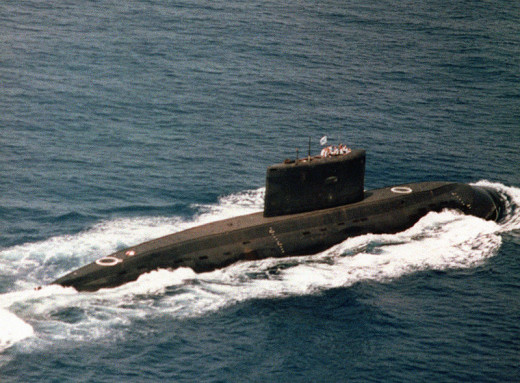
Impact assessment and nuclear weapons
As we can see North Korea has larger manpower than South Korea and United States Forces Korea together but inferior technology and equipment. This war could be one of the deadliest in recent history. North Korea is also good prepared for potential invasion and has many underground bunkers and tunnels under demilitarized zone. These tunnels could be used to invade South Korea and surprise them behind their lines. South Korean civilian population would probably flee to other countries and economy would be hardly affected in global meaning. South Korea has 12th largest economy in the world.
The biggest risk presents nuclear program of North Korea. It is believed that North Korea has relatively simple nuclear weapons but there is no evidence that these nuclear weapons can be used on ballistic missiles. To be used on ballistic missile nuclear bomb must be miniaturized to mount. There is no evidence that North Korea masters technology too sufficiently miniaturize nuclear bomb. If war erupts they could potentially infiltrate nuclear weapon to South Korea and detonate it which would have indescribable consequences. There is a chance that nuclear war would erupt.
Chances of actual war on Korean peninsula are low. There could be some low intensity conflicts but for now it is not estimated that the war could erupt. If by any chance war erupts it won't last long. South Korea's Armed Forces and United States Forces Korea would quickly conquer North Korea with superior technology and equipment. Anyway consequences would be terrible. There would be huge casualties on both sides and a big hit on world economy. In future we can expect tight relations between countries and continuation of the North Korea nuclear program.
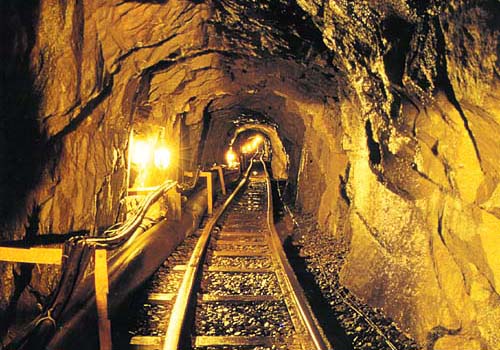
Test your knowledge
view quiz statisticsTaepodong 2 - Watch North Korea's intercontinental ballistic missile launch
Websites
- Herpes Outbreak Prevention (HSV-1, Labialis)
Here you will find information about herpes labialis which is caused by herpes simplex virus 1 (HSV-1). You will learn more about causes, signs and symptoms, treatment, risks and prevention. - Mountain Hiking - Benefits and Hazards
Here you will find some basic information about benefits and hazards of mountaineering and hiking and answers on frequently asked questions. - Top Five Watches For Hiking
There were times when watch was used only for one purpose - knowing the time. Today watch offers you much more. It is a wrist wearing computer.








